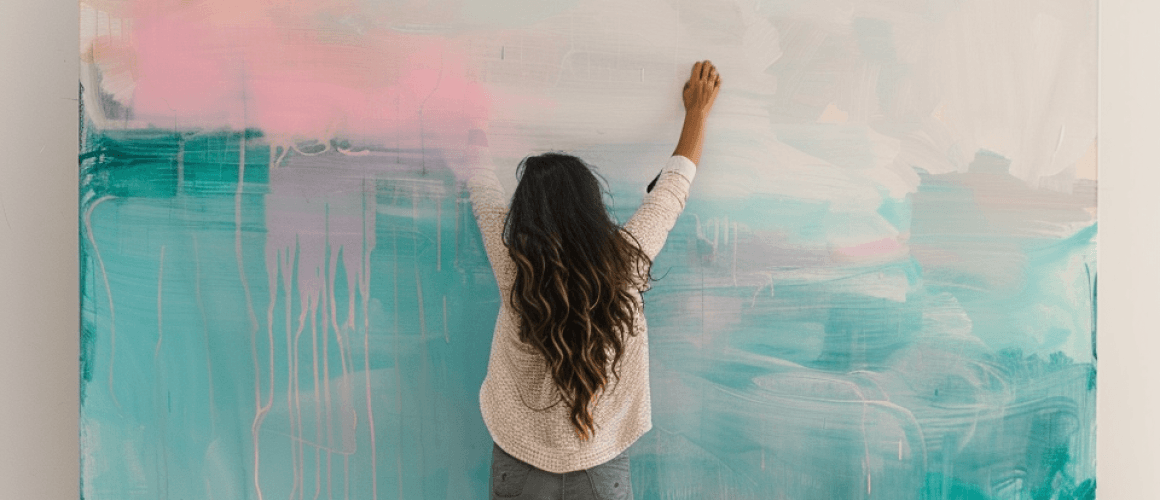Quality canvas art prints
What Makes a Quality Canvas to Print On?
When it comes to displaying your favorite photos or artwork, Quality canvas art prints are a timeless and elegant choice. But not all canvases are created equal. Understanding what makes a quality canvas to print on can ensure that your prints look vibrant, last long, and do justice to your cherished memories or artistic creations.
The Importance of Canvas Quality
A high-quality canvas print can transform a room, adding depth and character to your space. Conversely, a low-quality canvas can detract from the image and degrade over time. Here are some key factors to consider when selecting a canvas for your art prints.
Cotton vs. Polyester
The material of the canvas is one of the most critical factors. Generally, canvases are made from cotton, polyester, or a blend of both.
Cotton Canvases: Known for their texture and the way they absorb ink, cotton canvases offer a more traditional and rich look. The fibers allow the ink to penetrate deeply, resulting in vibrant and durable prints.
Polyester Canvases: Polyester canvases tend to be more affordable and have a smoother finish. However, the ink sits on top of the fibers, which might lead to less vibrant colors and potential fading over time.
Blended Canvases: These combine the best of both worlds, offering durability and affordability with good color absorption.
Canvas Weight and Texture weight
The weight of the canvas, measured in grams per square meter (gsm), affects its durability and quality. A heavier canvas (measuring around 340 gsm or higher) is generally more robust and able to withstand stretching without tearing.
Texture
The texture of the canvas can add an artistic touch to your print. Fine textures are ideal for detailed prints, while coarser textures can lend a more painterly effect. Choose a texture that complements the style of your image.
Acid-Free Properties
An acid-free canvas ensures that your prints will not yellow or deteriorate over time. This is particularly important for preserving fine art and photographs. Look for canvases that are labeled “acid-free” to guarantee longevity.

Ink Quality
Using high-quality, archival-grade inks can make a significant difference in the appearance and lifespan of your canvas prints. These inks are resistant to fading and provide a broader color gamut, ensuring your prints look as vivid as possible.
Printing Method
The method used to transfer the image onto the canvas also impacts quality. Giclée printing is widely considered the gold standard for canvas art prints. This process uses high-resolution inkjet printers and archival inks, resulting in prints that are both detailed and long-lasting.
Stretching and Framing
The way the canvas is stretched and framed can significantly impact both its durability and appearance. Proper stretching ensures that the canvas remains taut, preventing sagging and potential damage over time.
Additionally, the choice of framing style not only enhances the visual appeal of the artwork but also provides protection from environmental factors, such as dust and moisture, which can lead to deterioration. Using high-quality materials for both stretching and framing can help preserve the integrity of the artwork for years to come.
Stretcher Bars

Quality stretcher bars are essential for maintaining the shape and integrity of the canvas, ensuring that your artwork remains pristine over time. When selecting stretcher bars, it’s important to look for those made from kiln-dried wood, as this process helps to prevent warping due to changes in humidity and temperature.
Kiln-dried wood also contributes to a tight, even stretch, which is crucial for achieving a flawless presentation of your artwork. Proper frame depth is another important factor to consider, as it can enhance the overall look and stability of the finished piece, allowing for a more professional display.
The depth of the frame, or the thickness of the stretcher bars, can add dimension to your print. Deeper frames provide a more substantial look and feel, making your artwork stand out.
Protective Coating
AA protective coating can effectively shield your canvas print from dust, moisture, and harmful UV rays, ensuring its longevity and pristine appearance. This crucial layer plays a significant role in preserving the vibrancy of the colors, preventing fading over time, and maintaining the artwork’s visual impact.
Additionally, it adds an extra level of durability, making the print more resistant to scratches and other potential damage. When it comes to finishes, matte, glossy, and satin options are popular choices, each providing a unique aesthetic.
Matte finishes offer a soft, non-reflective look that enhances texture, while glossy finishes provide a vibrant shine that amplifies colors. Satin finishes strike a balance between the two, offering a subtle sheen that enriches the artwork without excessive glare. Choosing the right finish can elevate your canvas print and suit your personal style.
Conclusion
Choosing the right canvas for your art prints involves considering several factors, from material composition and weight to printing technology and protective coatings. By focusing on these elements, you can ensure that your canvas art prints not only look stunning but also stand the test of time.
Ready to create your own high-quality canvas art prints? Explore our range of premium canvases and start turning your photos into timeless pieces of art today.
By understanding what makes a quality canvas to print on, you can make informed decisions that enhance the beauty and longevity of your prints. Whether you’re a professional artist or someone looking to decorate your home, the right canvas can make all the difference. Happy printing!





